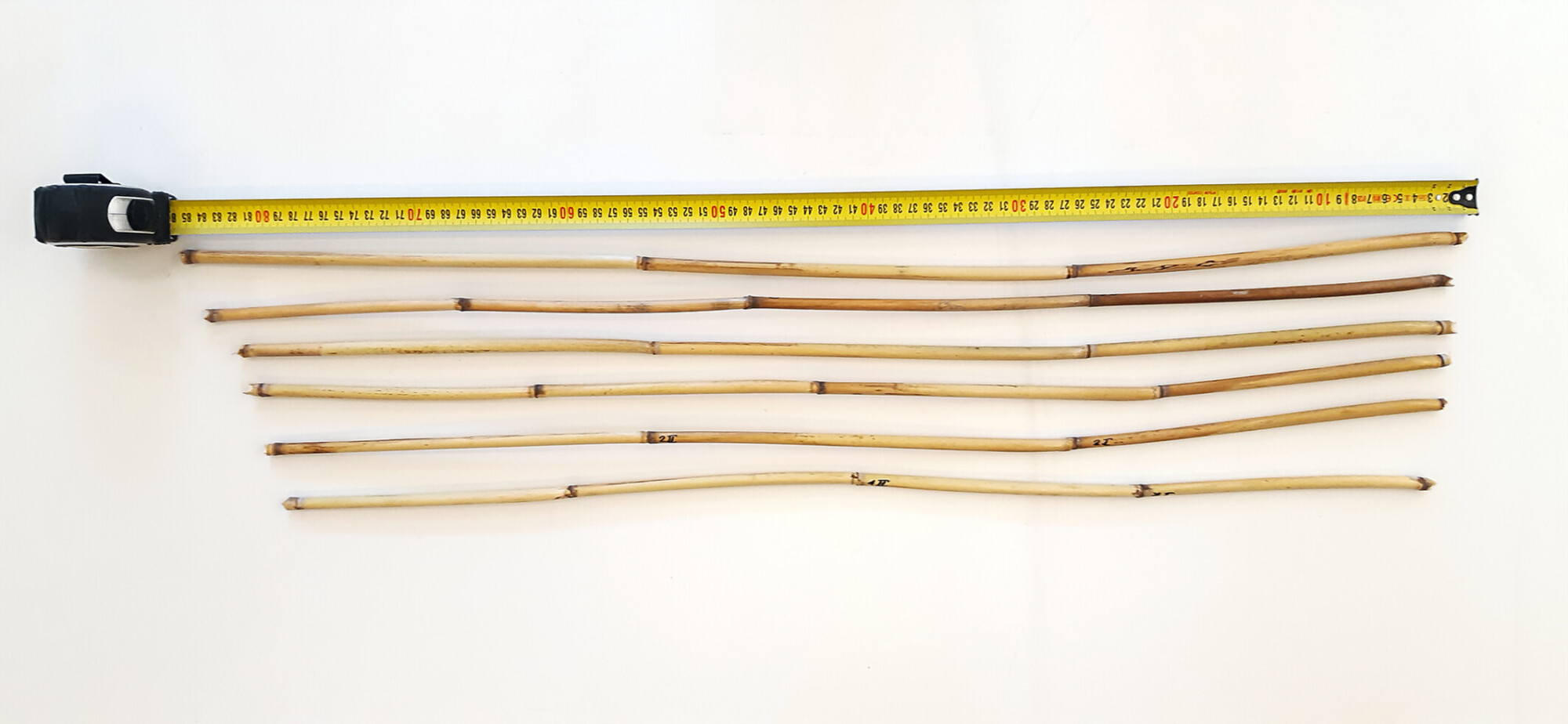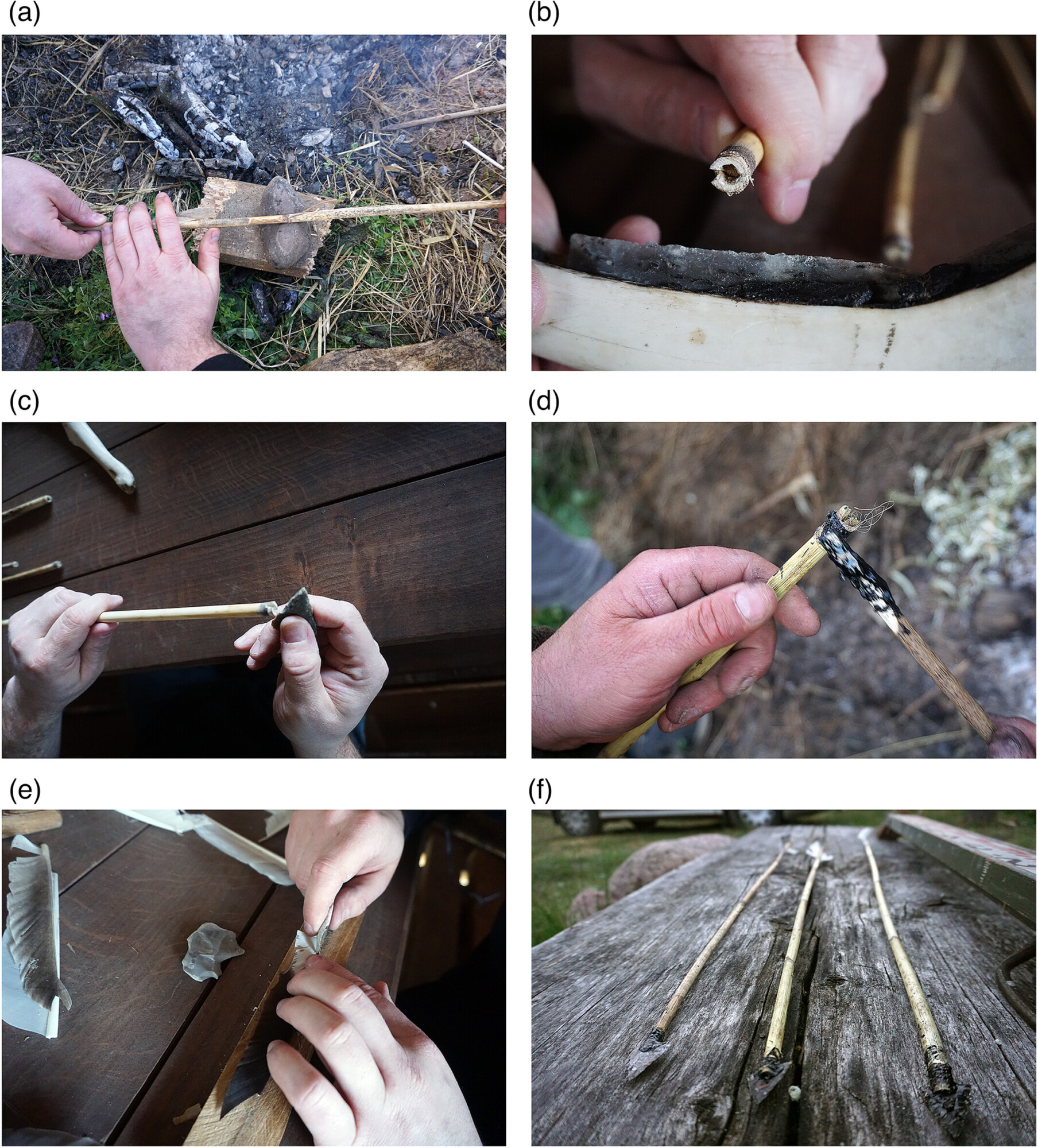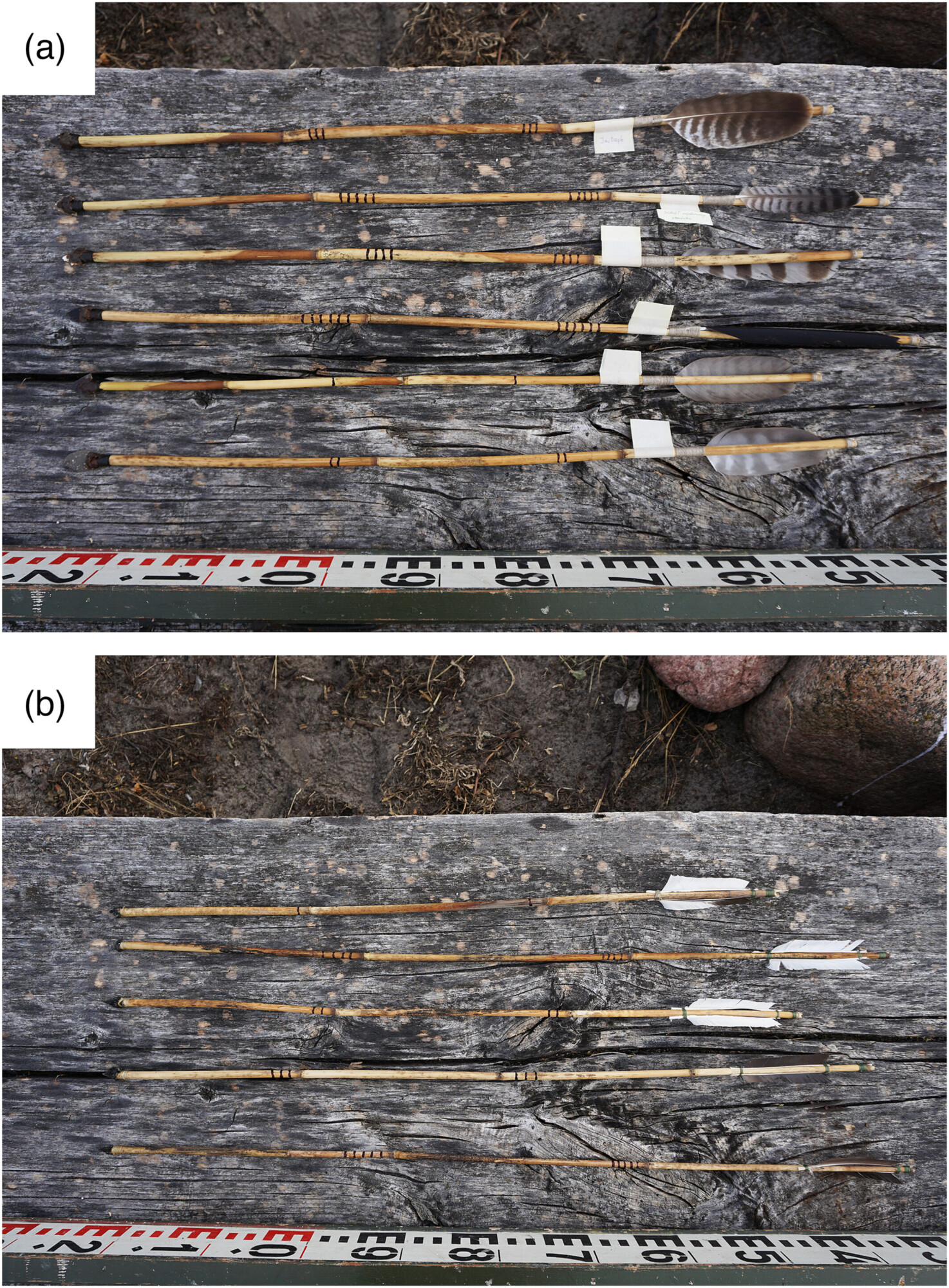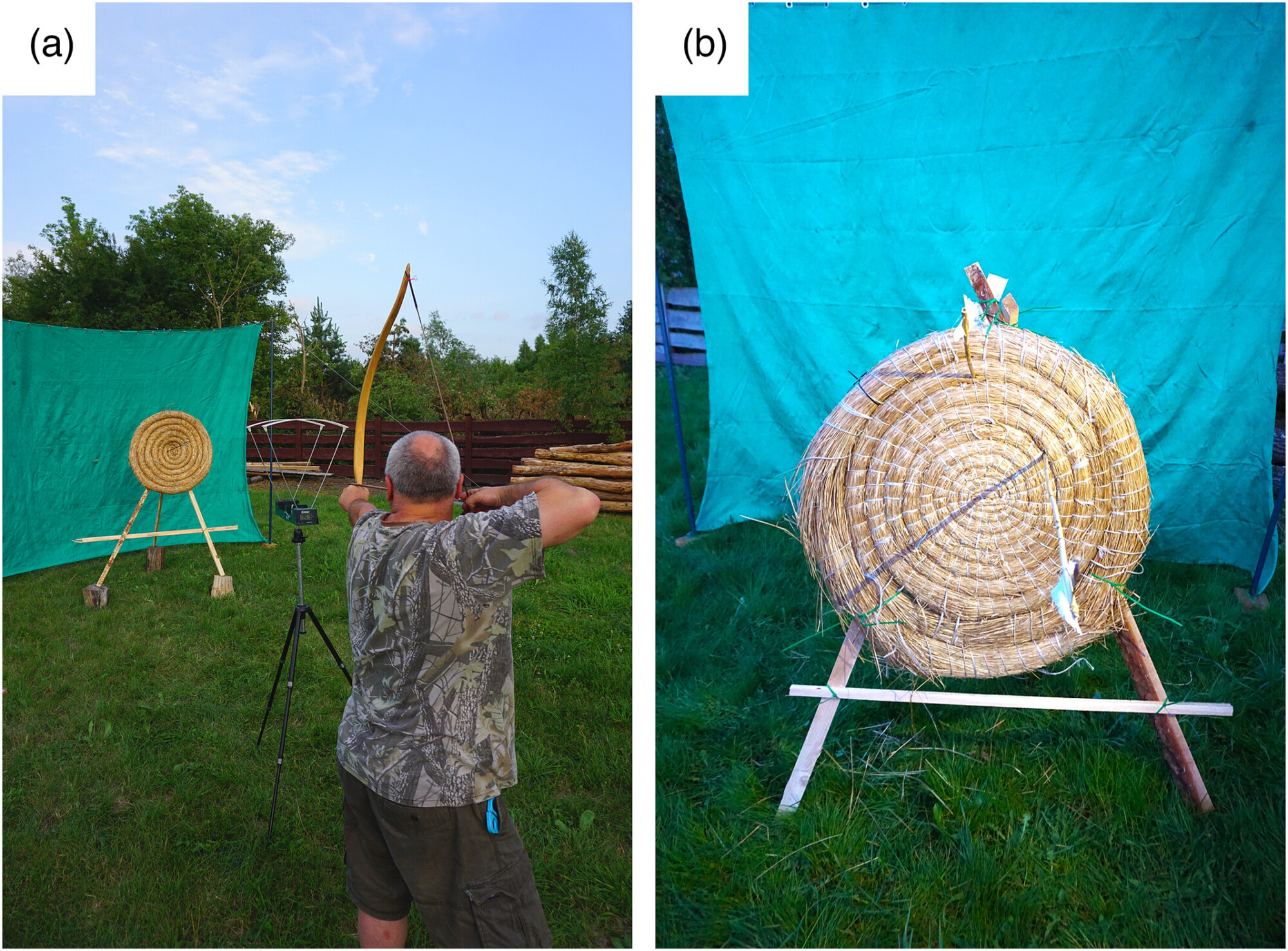
Research on the potential use of common reed in the production of arrows in European prehistory has attracted considerable interest following the discovery of a particular type of object dating back to the late Neolithic period (approximately 4500 years ago), found in the northeastern regions of Poland. Such objects, commonly interpreted as reed arrowshaft straighteners, have encouraged researchers to conduct in-depth analysis investigating the potential use of this raw material in prehistoric archery. To verify the properties of reed stems for arrow production and to understand the motives behind the manufacture and use of the reed arrows, a series of mechanical and experimental analyses were conducted. The results of the research undertaken by scholars from the University of Warsaw, Warsaw University of Life Sciences, and the Polish Academy of Sciences Museum of the Earth have recently been published in the „Archaeometry” journal.
Exploring the Possibilities
Common reed, despite its global prevalence, has been relatively rarely used in arrow production, mainly due to its fragility. “Archaeological sources indicate that in Europe, species such as pine, willow, birch, hazel, dogwood or alder were mainly used for arrows production” – says Aleksandra Cetwińska, a PhD Candidate at the Antiquity of Southeastern Europe Research Centre at the University of Warsaw and the project investigator. Nevertheless, the use of reed in archery is well documented in ethnoarchaeological and ethnographic literature, especially in regions where more durable shrubs or trees are less accessible. These observations, along with the findings of reed arrowshaft straighteners, served as the starting point for an investigation into the properties of reed and its potential utilization in archery.

Results
The results of the research indicate that common reed was ideally suited as a raw material for arrow production. This is primarily evidenced by the exceptional stiffness of the material, which contributes to its durability. This observation would not have been possible without the mechanical analyses performed by Dr. Grzegorz Koczan from the Warsaw University of Life Sciences. As Cetwińska noted, the reed appeared in the research also as an incredibly simple raw material to work with and exhibited exceptional ballistic properties, that can be utilized with understanding of its qualities beforehand.

Source: Cetwińska et al. 2024, CC BY-NC-ND 4.0

Source: Cetwinska et al. 2024, CC BY-NC-ND 4.0
Implications and Conclusions
Research into the potential use of reed has opened up new avenues of inquiry in the field of prehistory, providing significant insights into prehistoric archery in Europe. These findings also have practical applications in reconstructing and contribute to better understanding of the techniques and skills of prehistoric archers worldwide.

Source: Cetwińska et al. 2024, CC BY-NC-ND 4.0
This article can be reprinted free of charge, with photos, and with the source indicated
Author: Aleksandra Cetwińska
Editor: AB
Cover: Illustration generated in Midjourney, edited by K.K.
Promt: close-up view of the back of a prehistoric woman with a quiver of reed arrows in expresionism painting styl
